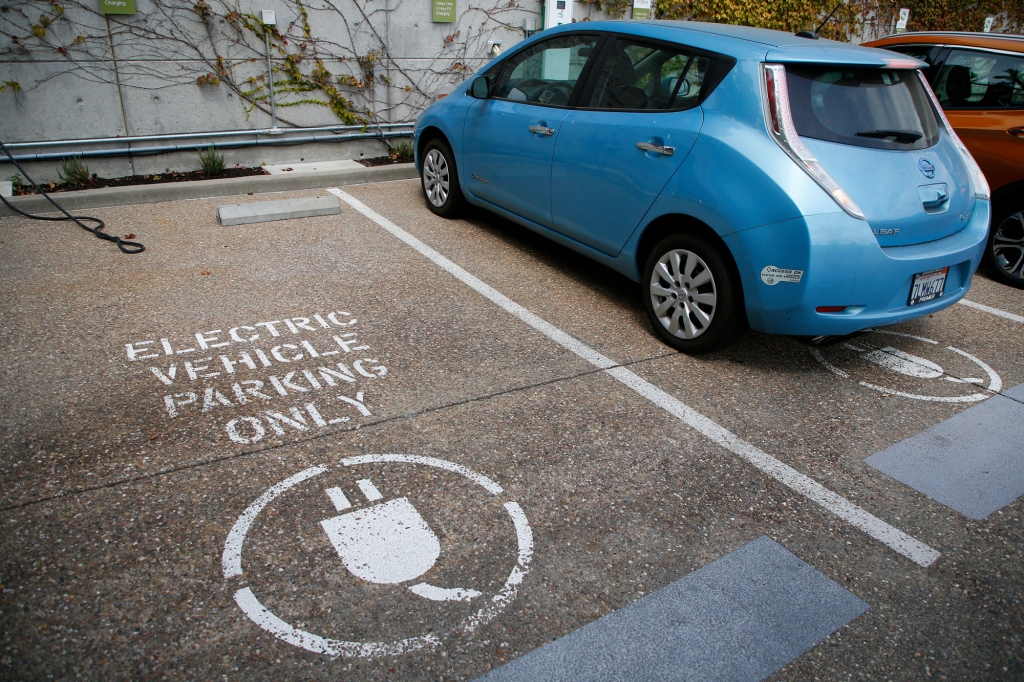
Q: I always enjoy your column and was happy to see EV issues featured again in the April 4 column. Allen Ventura joins many others who are confused about the complicated new $7,500 EV tax credit. You were right to refer him to the IRS guidelines. The list of eligible EVs is going to change dramatically on April 18 when strict battery sourcing requirements go into effect. Most EV models will not qualify, and many that do will only receive a $3,750 credit.
Peter Douglas
A: The Inflation Reduction Act (IRA), which included legislation to deal with climate change, reworked an existing electric vehicle purchase tax credit. A primary objective of offering the credit is to make electric vehicles more appealing by making them less expensive.
The reworked EV tax credit is also designed to move more production into the U.S.
In the short term, the conflict is rising between the different goals of the EV tax credit. That’s because the IRA includes the requirement that a certain percentage of battery minerals and components be sourced from North America or a U.S. trade partner.
Historically, the EV battery supply chain has been dominated by China. Companies are working hard to build mines and plants in the U.S., but those efforts will take years to be fully implemented.
On April 18, the Internal Revenue Service will release an updated list of vehicles which are eligible for the tax credit.
Many vehicles currently eligible for the full $7,500 credit will not meet the new battery mineral and component sourcing standards, and the credit for these vehicles could be cut in half or unavailable.
As changes are made to the tax credit, the federal government is providing other incentives, including a growing charging infrastructure, loans, and other tax credits.
In addition to the battery requirement, there are also a maximum vehicle cost and a buyer income cap that factor into determining how much credit buyers receive. Only U.S.-built SUVs under $80,000 and cars under $55,000 qualify. The income cap is based on buyers’ adjusted gross income, which may not exceed $300,000 for married couples filing jointly, $225,000 for heads of households, and $150,000 for all other filers.
For more information, visit the IRS website: www.irs.gov/credits-deductions/credits-for-new-clean-vehicles-purchased-in-2023-or-after
Q: I am so happy! Today while commuting home on Highway 85 south in Mountain View with my wife during rush hour, a car with a solo driver pulled into the carpool lane ahead of me. Within 10 seconds, an unmarked police car in the next lane over turned on its lights and pulled the driver over. That’s the first time I’ve seen a cheat get pulled over in 40 years of driving in California. Yeah!
Don Bergstedt, Sunnyvale
A: Yeah, indeed, particularly after 40 years of waiting.
Look for Gary Richards at facebook.com/mr.roadshow or contact him at mrroadshow@bayareanewsgroup.com.
𝗖𝗿𝗲𝗱𝗶𝘁𝘀, 𝗖𝗼𝗽𝘆𝗿𝗶𝗴𝗵𝘁 & 𝗖𝗼𝘂𝗿𝘁𝗲𝘀𝘆: www.mercurynews.com
𝗙𝗼𝗿 𝗮𝗻𝘆 𝗰𝗼𝗺𝗽𝗹𝗮𝗶𝗻𝘁𝘀 𝗿𝗲𝗴𝗮𝗿𝗱𝗶𝗻𝗴 𝗗𝗠𝗖𝗔,
𝗣𝗹𝗲𝗮𝘀𝗲 𝘀𝗲𝗻𝗱 𝘂𝘀 𝗮𝗻 𝗲𝗺𝗮𝗶𝗹 𝗮𝘁 dmca@enspirers.com


